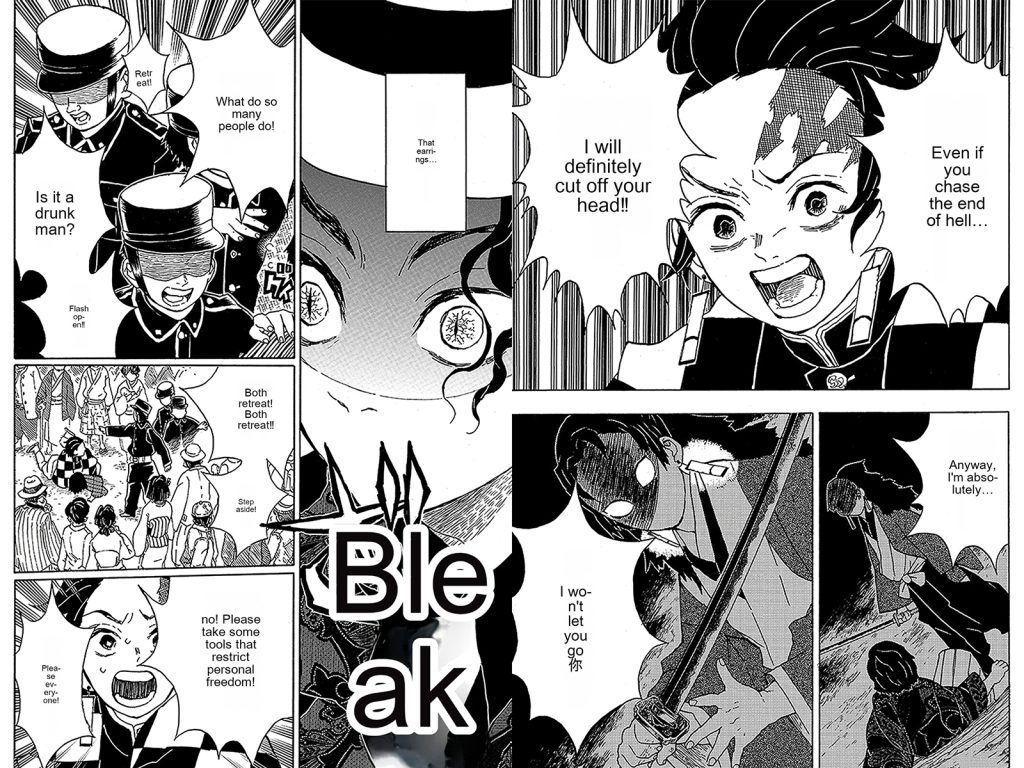Getting into manga translation might seem like a big task, but it’s much easier than you might think. With the right tools and some basic knowledge, you can start translating manga and enjoy your favorite stories in no time. This guide will help you get started, giving you practical tips and advice on how to translate manga effectively.

Why Translating Manga Is Easier Than Ever
If you’ve ever wanted to translate manga but felt overwhelmed, you’re not alone. But thanks to modern technology, especially AI, translating manga is now simpler and more accessible. Tools like AI Manga Translator make the process incredibly easy. You can upload manga pages and get an accurate translation within seconds. The best part? You can do this with multiple pages at once, saving you a ton of time.
Using AI tools like AI Manga Translator takes the guesswork out of translating, especially when you’re dealing with tricky phrases or cultural nuances. These tools are designed to handle the complexities of manga, ensuring that the story remains authentic and engaging in its translated form.
Finding the Right Tool to Translate Manga
Choosing the right tool is crucial. You could try translating manga manually, but it’s time-consuming and easy to make mistakes. Instead, why not take advantage of AI-powered tools? Options like AI Manga Translator, DeepL, and Google Translate each offer different features. However, for beginners, AI Manga Translator stands out due to its ease of use and ability to handle multiple pages at once.
These tools are designed to make translating manga as smooth as possible, allowing you to focus on enjoying the story rather than getting bogged down in the details. With AI Manga Translator, you can trust that your translations will be accurate and true to the original content.
Handling Cultural Nuances When You Translate Manga
Translating manga isn’t just about swapping Japanese words for English ones. Manga often contains cultural references, slang, and humor that don’t have direct equivalents in English. When you translate manga, it’s essential to keep the story’s tone and context intact.
For example, if a joke doesn’t translate well, try finding a similar expression that conveys the same humor. And when it comes to cultural references, adding a brief note or explanation can help readers understand without breaking the story’s flow. This approach ensures that the translated manga remains engaging and accessible to a wider audience.
The Importance of Editing and Proofreading
Even with the best tools, it’s crucial to review your work. After you translate manga, take the time to read through your translation. Look for awkward phrases or errors that might have slipped through. Editing and proofreading are essential steps to ensure your translation is smooth and accurate.
If possible, ask someone familiar with both languages to review your work. This extra step can make a big difference in the quality of your translated manga, helping you catch any mistakes and ensuring that the story reads well in English.
Practice Makes Perfect: Keep Translating Manga
The more you translate manga, the better you’ll get. Start with simpler series and gradually work your way up to more complex ones. Each project will help you improve your skills, making it easier to handle tricky phrases and cultural nuances.
Joining manga translation communities can also be a great way to learn and get feedback. These communities are full of experienced translators who can offer valuable advice and help you refine your skills. The more you engage with these resources, the more confident you’ll become in your ability to translate manga effectively.